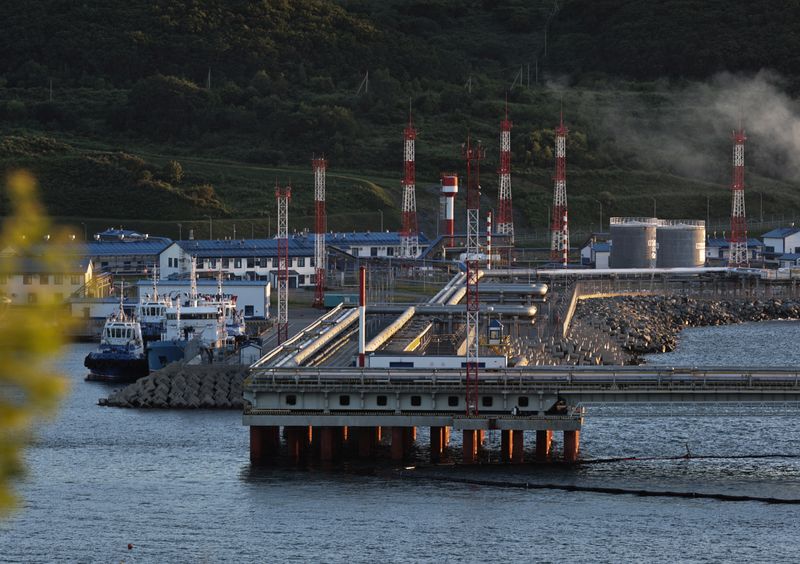By Arathy Somasekhar
HOUSTON (Reuters) -Oil prices rose more than 1% on Monday on higher geopolitical risk after the fall of Syrian President Bashar al-Assad, and as a top importer China marked its first step toward loosened monetary policy since 2010 .
futures settled at $1.02, or 1.4%, higher at $72.14 a barrel. U.S. West Texas Intermediate crude futures rose $1.17, or 1.7%, to $68.37.
“The events in Syria over the weekend could impact the crude market and increase the geopolitical risk premium on oil prices in the coming weeks and months, amid further instability in the Middle East,” said Jorge Leon, head of geopolitical analysis at Rystad Energy.
Syrian rebels said on state television on Sunday that they had ousted Assad, ending a 50-year family dynasty and raising fears of more instability in a region gripped by war.
Although Syria is not a major oil producer, it does have geopolitical influence due to its location and ties to Russia and Iran. Combined with tensions elsewhere in the region, the regime change has the potential to spread to neighboring areas as well, Leon said.
At the first sign of disruptions in the oil market, a tanker carrying Iranian oil to Syria overturned in the Red Sea, shipping records showed.
Meanwhile, China will step up “unconventional” countercyclical adjustments, focusing on increasing domestic demand and boosting consumption, state media Xinhua reported, citing a readout of a meeting of top Communist Party officials, the Politburo.
Chinese growth has stalled as a slump in the real estate market has hit confidence and consumption. An accommodative policy refers to actions taken by a central bank or government to stimulate growth, such as increasing the money supply, lowering interest rates and implementing fiscal stimulus.
“We see a rise in commodity prices if China does indeed deliver on promises of looser monetary policy and the possibility that it will do whatever it takes to stimulate the economy,” said Phil Flynn, senior analyst at Price Futures Group.
The slowdown in growth in China was a factor behind oil producer group OPEC+’s decision last week to postpone plans for higher production until April.
With a weight on prices, largest exporter Saudi Aramco (TADAWUL:) on Sunday cut prices for Asian buyers from January 2025 to the lowest level since early 2021, as markets feared this could indicate weak demand.

Traders also remained focused on U.S. inflation data expected later this week, which could reinforce a December rate cut by the Federal Reserve next week.
Lower interest rates lower the cost of borrowing, which can stimulate economic activity and boost demand for oil.


